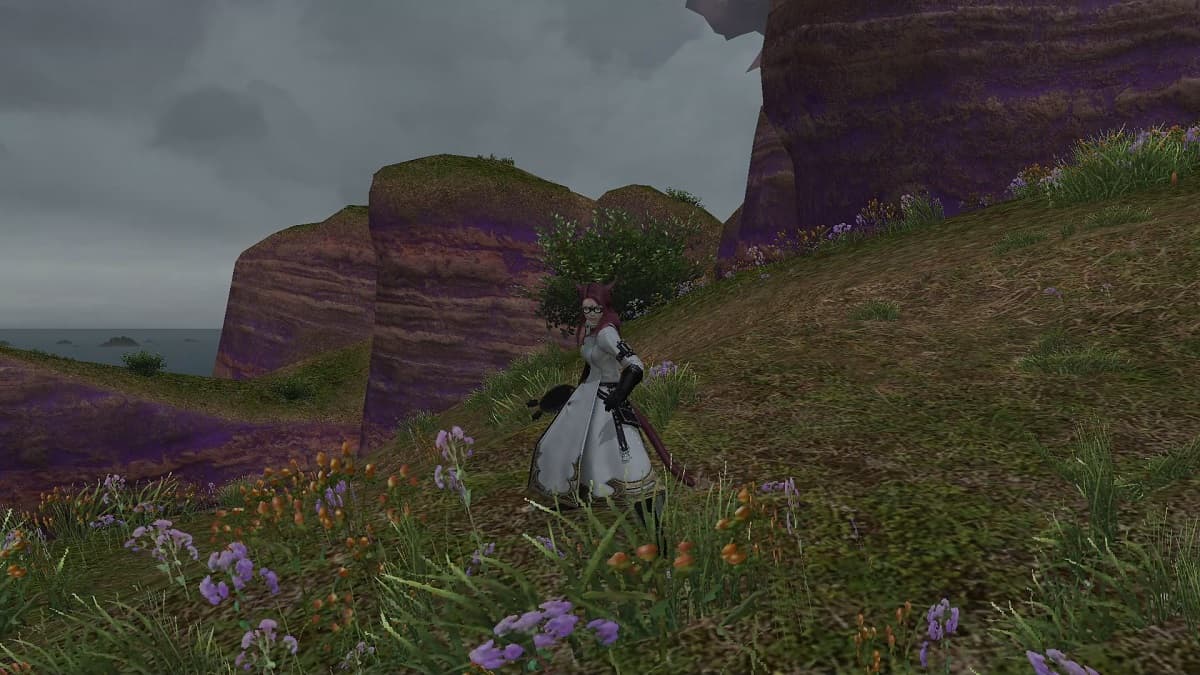Virtual Reality was the talk of E3 2016, with Sony dedicating a large chunk of its conference to the new and exciting technology. Even HTC and Oculus made some big splashes at the event with showcases of their own VR headsets. But a year later at E3 2017, that same excitement had almost completely dissipated.
Before the mass market’s loss of interest, however, the hype for both the Oculus Rift and HTC Vive was out of this world and PSVR made the idea of Virtual Reality gaming seem easier to access than ever. But following an all too frequent trend of over-hyped products, it seems that VR was not the new best way of gaming that we were promised. Let’s take a look back at how the state of VR came to be how we know it today.
Sales
VR systems were supposed to be the hot ticket item for fall/winter of 2016. Reporting sales of 1 million headsets, Sony had the biggest market share. They’re not bad sales figures but it’s no where near what Sony was expecting. In February, CSS Insight predicted that VR sales would increase by 800 percent by 2021, so maybe the future is brighter than we think for this new technology.
High expectations for the new devices were set and they didn’t perform how we imagined. Ultimately, that hurt the sales worse than anyone expected, based on the positive reaction to their over-hyped marketing. The low sales figures were then mostly interpreted as Virtual Reality being a failed idea. But since VR is still a fairly new, and continuously developing technology, it needs time to grow and find its place in the market.
Marketing
A possible hiccup for VR was the marketing. Every company, first and foremost, is trying to sell you a product. Because of this, it’s easy to over-hype something in marketing materials and press conferences, setting an incredibly high bar in terms of expectations.
While the gaming community was focused and fixated on VR, the general public did not share the same enthusiasm. This is possibly because there was too much variety, too soon into the life-cycle of Virtual Reality.
The average consumer may not know the difference between the $598 Oculus Rift and the $15 Google Cardboard. Therefore it can be hard for the general public to wrap their heads around what VR actually is, and this confusion is enough for most consumers to forego early adoption in favour of a wait-and-see approach.
Virtual Reality Software
In the gaming community, it seems there is just a dissatisfaction with the content that has been produced so far for VR headsets. Early on there was not a high diversity in their game library. EVE: Valkyrie and Batman: Arkham VR were a couple of big titles, both receiving mixed reviews. EVE received complaints because of its overuse of microtransactions and Batman: Arkham VR was said to have clunky controls that were frustrating at times. While there have been some VR indie gems to come out of this, they’re not system selling titles that each of the headsets needed to stand out.
To wrap this all up, VR is not dead but there simply isn’t the same hype around it any more. There are still some promising games coming out such as Skyrim VR and numerous indie games like The Climb, but nothing truly exciting. That being said, it is still a unique gaming peripheral that can provide a very engaging experience for the player, but it is up to developers to figure out how to make that experience a truly unique and wonderful one.
If you invested in a headset, you will certainly get some use out of it but perhaps not in the same way that was thought back in 2016, before the decline in popularity.
—
Let us know in the comments what you think we will see from VR in the next few years, and for more VR related content, check out some of our other VR articles:
- 7 Best Virtual Reality Headsets for 2017
- 7 Games That Need to Make the Jump to VR
- 6 Scariest VR Horror Games For Halloween 2017
- 5 Best Games to Buy for Playstation VR








Published: Oct 30, 2017 11:43 am